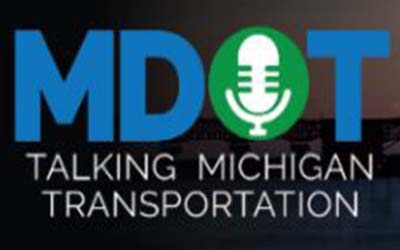
Good news for understanding wildlife-vehicle collisions
|
|
|
|
|

|
|
|
|
|
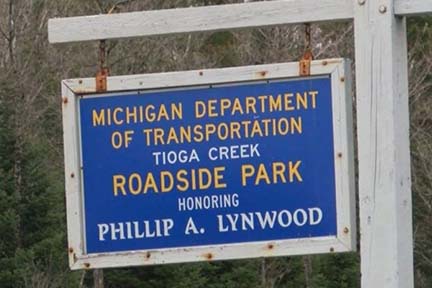
 |
| FOR IMMEDIATE RELEASE April 22, 2025 |
MEDIA CONTACT Dan Weingarten 906-250-4809 WeingartenD@Michigan.gov |
Most MDOT roadside parks reopening April 28
LANSING, Mich. – Roadside parks operated by the Michigan Department of Transportation (MDOT) will reopen for the season Monday, April 28.
MDOT maintains 85 roadside parks around the state. Some parks operate seasonally, usually closing in late October and reopening in the spring.
The following roadside parks will remain closed until later this year due to weather, maintenance or construction activities:
Alger County
Baraga County
Calhoun County
Huron County
Ingham County
Keweenaw County
Sanilac County
While most parks are scheduled to reopen April 28, motorists should not expect drinking water at all parks to be turned on until sometime later in May, after annual testing and treatment of the park water systems is completed.
A map showing the status of MDOT roadside parks is available on the MDOT website.
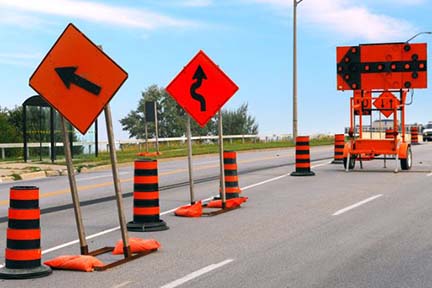
04/18-04/21/25 WEEKEND WORK for MDOT (I, M, US roads) This is weekend construction, in addition to on-going projects other than these locations. Always check Michigan.gov/drive for this info and for ALL projects and follow @MDOT_MetroDet. Multiple work crews may be involved in these closures. WEATHER AFFECTS ALL WORK AND MAY CAUSE DELAYS OR CANCELLATIONS. I-75: Oakland – NB I-75 RAMP to 12 Mile, 1 RAMP LANE OPEN, Fri 7am-3pm, pavement repair. Oakland – SB I-75 RAMP CLOSED to EB I-696, Sat 7am-5pm, bridge work. Oakland – NB/SB I-75/M-24 Connector to NB M-24, 1 RAMP LANE OPEN, Mon-late April, culvert repair.
I-94: Wayne – EB I-94, Moross to Allard, 1 LANE OPEN, Sat 8a-11a AND 2 LANES OPEN, 11a-3p, bridge work. Wayne – EB I-94 RAMP CLOSED to Allard, Sat 11am-3pm, bridge work. I-96: Wayne – EB I-96 Express at Outer Dr, 1 LANE OPEN, Fri 9am-3pm, road repair.
I-696: Oakland – WB I-696, Southfield Rd to Lahser, 2 LANES OPEN, Mon 7am-late July, bridge repair. Oakland – EB I-696, I-275 to Orchard Lake, 3 LANES OPEN, Mon 9am-early May, joint sealing/barrier wall work. Oakland – EB I-696 Service Drive at Hoover Rd, 3 lanes open, Fri 9am-3pm, repair work.
M-3: (Gratiot) Macomb – SB M-3, Wellington Cres to Metro Pkwy, 2 LANES OPEN, Fri 9am-3pm, sign installation.
M-8: (Davison) Wayne – EB/WB M-8 at Linwood, 2 LANES OPEN, Fri 7am-Mon 5pm, utility work. M-59: Oakland – WB M-59/Highland, Teggerdine to Pontiac Lake Rd, 1 LANE OPEN, Fri 6am-late April, curb/gutter work.
|
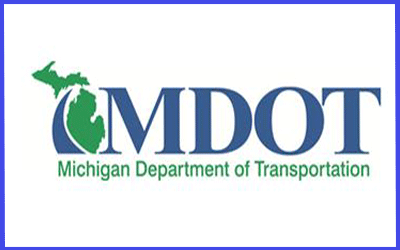
 |
| FOR IMMEDIATE RELEASE April 16, 2025 |
MEDIA CONTACT Dan Weingarten 906-250-4809 WeingartenD@Michigan.gov |
Annual spring weight restrictions
continue to be lifted on Michigan’s state roads
LANSING, Mich. - The Michigan Department of Transportation (MDOT) continues to adjust spring weight restriction on state roads (I, M and US routes) in an annual move to protect roads.
Effective 6 a.m. Thursday, April 17, weight restrictions will be lifted on all state trunkline highways from the southern Michigan border north to and including the Mackinac Bridge. Frost restrictions are still in effect for the remainder of the state and will be imposed and enforced on all state trunkline highways north of the Mackinac Bridge and in accordance with Gov. Gretchen Whitmer’s Executive Directive 2025-4.
In the restricted areas, the following will apply:
Drivers must follow the speed limits for weight restricted roads, per state law. Go online for speed restrictions for trucks and the rules for propane fuel delivery and public utility vehicles.
When roads that have been frozen all winter begin to thaw from the surface downward, melting snow and ice saturate the softened ground. During the spring thaw, the roadbed softened by trapped moisture beneath the pavement makes it more susceptible to damage. This contributes to pothole problems already occurring due to this winter’s numerous freeze-thaw cycles.
MDOT determines when weight restrictions begin each spring by measuring frost depths along state highways, observing road conditions and monitoring weather forecasts. Weight restrictions remain in effect until the frost line is deep enough to allow moisture to escape and the roadbeds regain stability.
County road commissions and city public works departments put in place their own seasonal weight restrictions, which usually but not always coincide with state highway weight restrictions. Signs are generally posted to indicate which routes have weight restrictions in effect.
For weight restriction information and updates, call 800-787-8960, or you can access this information on MDOT’s website at www.Michigan.gov/Truckers, under “Restrictions.” All-season routes are designated in green and gold on the MDOT Truck Operators Map, which is available online. You also may sign up to receive email alerts.
Trucking companies located in New Jersey and Canada can obtain information by calling 517-373-6256.
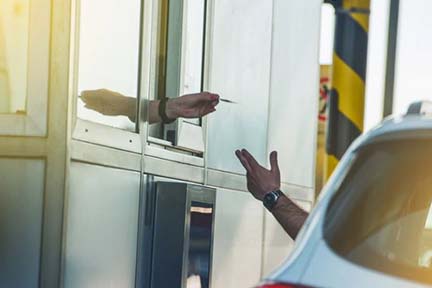
|
|
|
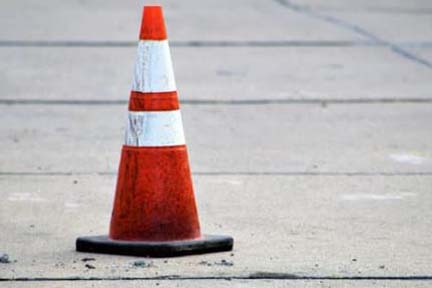
FOR IMMEDIATE RELEASE April 16, 2025 616-262-1565 RichardJ2@Michigan.gov National Work Zone Awareness Week starts Monday: “Respect the zone so we all get home” Fast facts:
LANSING, Mich. - Last year, 16 people lost their lives in Michigan work zones. These preliminary statistics also reveal more than 6,000 work zone crashes in 2024. How many of these tragedies could’ve been avoided with basic, focused driving? Every driver plays a part. Every road and bridge crew has a vital role. Every work zone needs to be respected. Next week is National Work Zone Awareness Week (NWZAW), and this year’s theme is, “Respect the zone so we all get home.” NWZAW has been observed for more than 20 years and was launched as a public awareness campaign to help everyone understand they play a key role in keeping motorists and roadway workers safe. “The statistics are alarming, and we can do better as we fix and update Michigan’s aging infrastructure,” said Gov. Gretchen Whitmer. “What’s more important than getting home safely to your loved ones? Driving is a privilege, and every work zone needs to be respected so we all make it home.” All road agencies in Michigan, including the Michigan Department of Transportation (MDOT), county road commissions and cities throughout the state, are working diligently every day to fix our old roads and bridges. Drivers need to respect these workers by focusing, staying alert and remaining vigilant behind the wheel. In 2024, preliminary work zone crash information shows that there were:
A media event will be held next Monday, April 28, with Lt. Gov. Garlin Gilchrist, representatives from the Michigan State Police, MDOT and other safety officials from around Michigan. Road and bridges need work, but there are also work zones above and below the roads to address fiber optic, water, sanitation, natural gas and electricity. To create awareness and show your support for each work zone crew, wear orange on Wednesday, April 23. We can all make it home safely if we do our part, so “Go Orange” at home or at work and share a photo on social media using hashtags #Orange4Safety, #GoOrangeDay, and #NWZAW. MDOT reminds everyone to know before you go. Check www.Michigan.gov/Drive Since 2000, NWZAW has been part of the Toward Zero Deaths (TZD) national safety campaign, a vision of eliminating fatalities on our nation’s roads. |